The United States might be known for its car culture, but scattered across the country are urban gems designed with pedestrians in mind. These walkable havens offer a refreshing alternative to the typical American driving experience, inviting visitors and locals alike to slow down and absorb their surroundings one step at a time.
Here is a list of 17 American cities that truly shine when explored on foot, each offering its unique blend of history, culture, and urban design that makes wandering a delight rather than a chore.
Charleston, South Carolina

The historic district of Charleston transports walkers through centuries of American history with its cobblestone streets and antebellum architecture. Colorful row houses line the Battery, while hidden gardens peek through ornate wrought-iron gates as you meander through the peninsula.
Gas lamps cast a warm glow over evening strolls, creating an atmosphere that feels unchanged since the 18th century. The city’s compact size means you can wander from historic homes to waterfront parks within minutes, making a car entirely unnecessary for exploring its central attractions.
Savannah, Georgia

Planned around 22 historic squares, Savannah practically demands exploration by foot. Massive oak trees draped with Spanish moss create natural canopies over the city’s grid system, providing welcome shade during warm Southern days.
Each square tells its own story, surrounded by perfectly preserved Federal and Georgian mansions that house museums, restaurants, and boutiques. The city’s flat terrain and pedestrian-friendly sidewalks make it accessible to walkers of all abilities, while the proximity to the riverfront adds maritime charm to urban wanderings.
Burlington, Vermont

Church Street Marketplace forms the heart of this walkable New England city, with a pedestrian-only thoroughfare lined with local shops, cafés, and street performers. From there, gentle slopes lead down to a spectacular waterfront promenade along Lake Champlain, offering mountain views that change with each season.
The compact downtown area connects seamlessly with residential neighborhoods featuring classic Victorian homes and community gardens. Even in winter, the city maintains cleared sidewalks and pedestrian paths, demonstrating a year-round commitment to walkability rare among northern cities.
Boston, Massachusetts

The Freedom Trail weaves through Boston’s historic districts, connecting 16 significant sites with a literal red line painted on sidewalks and streets. Beyond this famous path, neighborhoods like Beacon Hill charm walkers with gas lamps and narrow brick sidewalks that have witnessed centuries of American history.
The extensive Emerald Necklace park system designed by Frederick Law Olmsted provides green walking routes throughout the city, connecting diverse neighborhoods through landscaped corridors. Boston’s relatively compact size and excellent public transportation make it possible to explore multiple distinct districts in a single day of walking.
Portland, Oregon

With its 200-foot city blocks—shorter than those in most American cities—Portland was built for the pedestrian experience. The downtown area features car-free zones, pedestrian bridges, and riverside paths that showcase the city’s commitment to foot traffic. Food cart pods scattered throughout neighborhoods create natural gathering spots for walkers seeking culinary adventures between explorations.
The city’s comprehensive public transportation system makes it easy to reach trailheads within the urban forest of Forest Park, allowing for wilderness hiking experiences without leaving city limits.
New Orleans, Louisiana
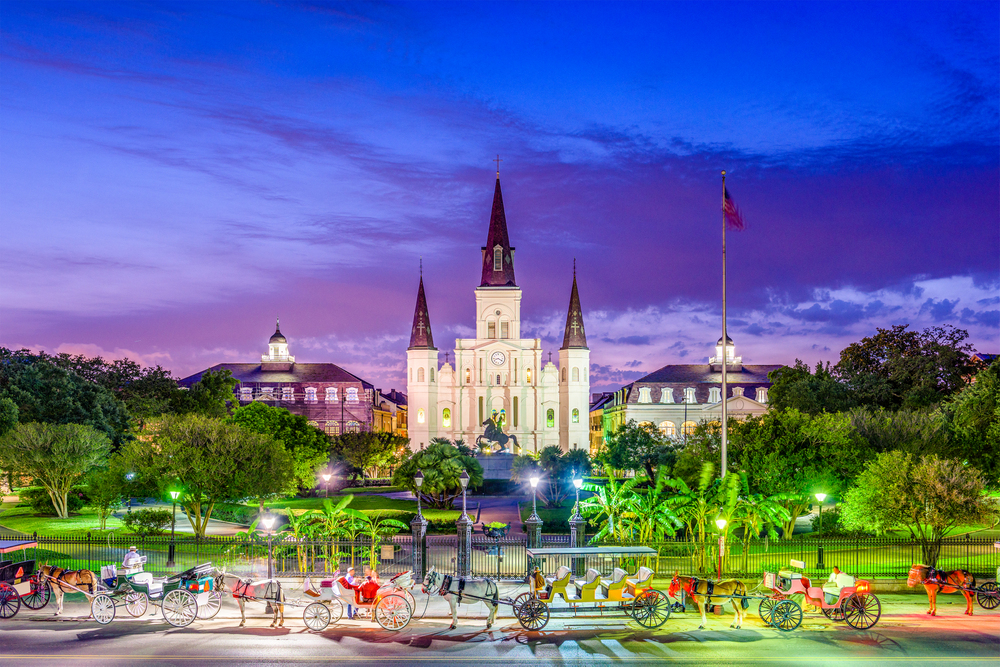
The French Quarter invites endless wandering with its distinctive architecture, hidden courtyards, and streets seemingly designed for serendipitous discoveries. Beyond this famous district, the Garden District offers quieter strolls past mansion-lined avenues and above-ground cemeteries that tell stories of the city’s unique relationship with water and history.
Street musicians create spontaneous soundtracks for your explorations, changing the atmosphere from block to block. The city’s flat topography and concentrated attractions make it possible to experience diverse cultural influences within a relatively small walking radius.
Santa Fe, New Mexico
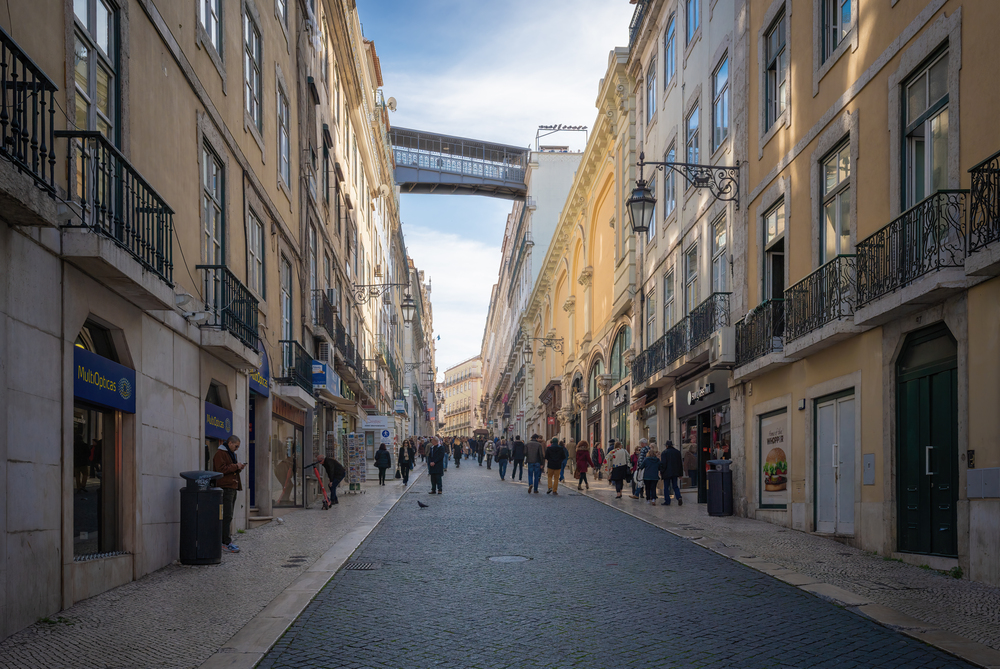
Adobe architecture and intentionally narrow streets create an intimate walking experience unlike anywhere else in America. The central Plaza has served as the heart of Santa Fe since its founding, with walking paths radiating outward past galleries, museums, and centuries-old churches.
The city’s 7,000-foot elevation creates crisp, clear air that makes walking refreshing even in warmer months, while the compact historic district keeps most attractions within a comfortable distance. Traditional walkways called “portales” provide covered passages along many streets, offering shade and shelter that acknowledge the pedestrian experience in practical ways.
Madison, Wisconsin

Built on an isthmus between two lakes, Madison’s geography naturally concentrates the city into walkable corridors with water views around many corners. The pedestrian-only State Street connects Capitol Square with the University of Wisconsin campus, creating a vibrant thoroughfare of shops, restaurants, and cultural venues.
An extensive network of lakeside paths accommodates walkers year-round, with seasonal activities from ice fishing to swimming just steps from urban streets. The city’s progressive planning has prioritized pedestrian infrastructure, resulting in wide sidewalks and frequent pedestrian crossings throughout downtown areas.
San Francisco, California
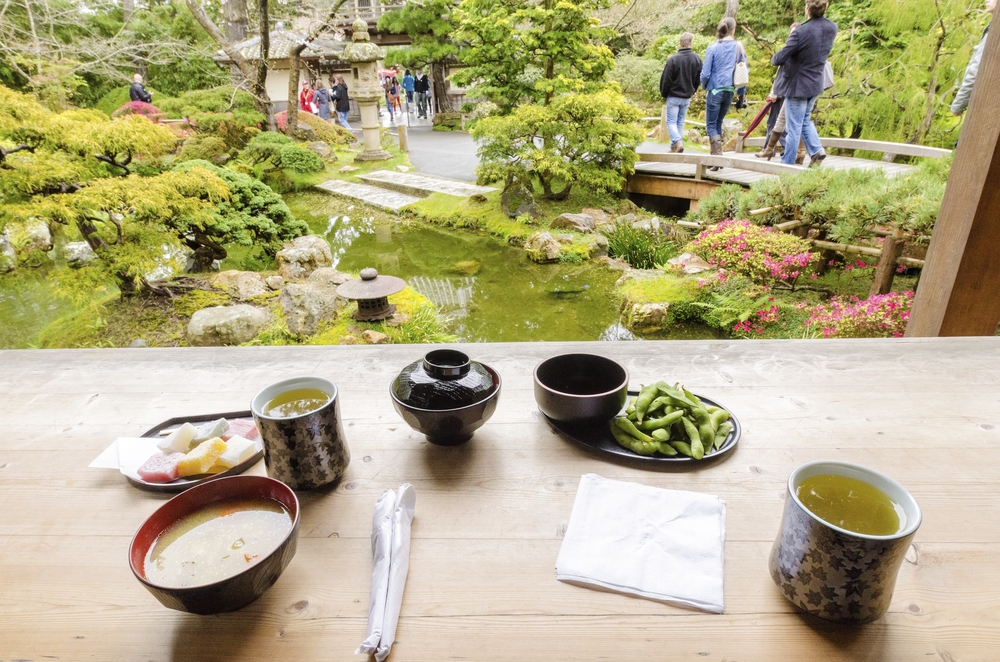
Despite its famous hills, San Francisco rewards walkers with breathtaking views and distinct micro-neighborhoods that change dramatically within just a few blocks. Hidden stairways connect terraced streets, creating pedestrian shortcuts unavailable to drivers and revealing hidden gardens and architectural treasures.
The Embarcadero’s wide promenade offers miles of flat waterfront walking with spectacular bay views, while Golden Gate Park provides an entire day’s worth of car-free exploration. The city’s comprehensive public transportation system makes it easy to ride uphill and walk down, allowing pedestrians to customize routes based on their stamina and interests.
Ann Arbor, Michigan

Home to the University of Michigan, Ann Arbor blends academic energy with Midwestern charm in a highly walkable package. The downtown district features wide sidewalks lined with independent bookstores, cafés, and shops that encourage leisurely exploration rather than purposeful errands.
The university’s central campus integrates seamlessly with the city, creating green spaces and architectural diversity within the urban landscape. Throughout the year, seasonal farmers’ markets and street festivals transform walking routes into community celebrations that showcase the city’s pedestrian-friendly priorities.
Philadelphia, Pennsylvania
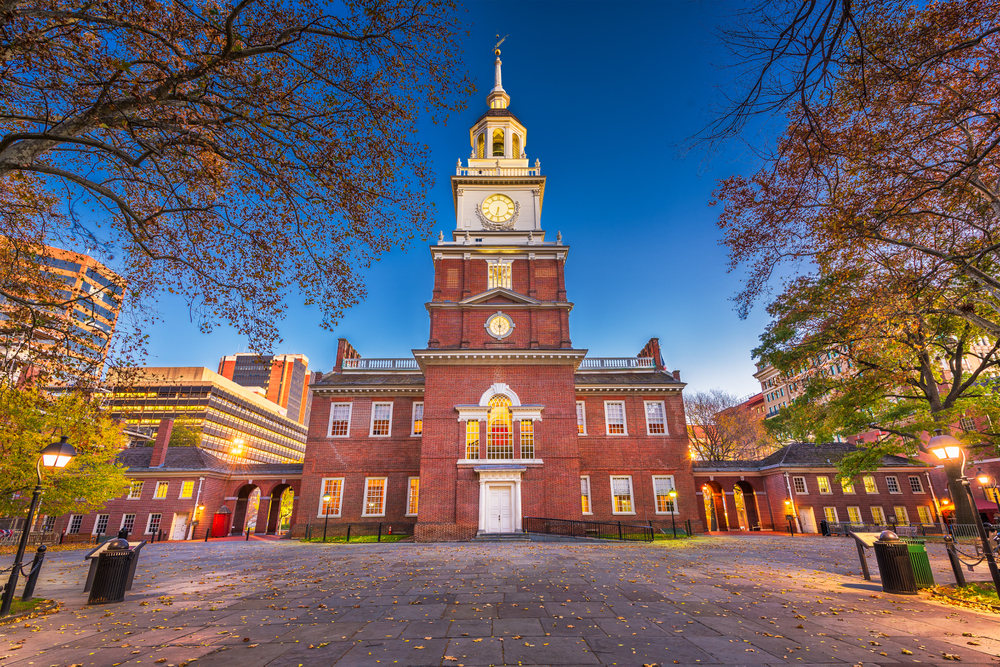
America’s first planned city retains its founder’s vision of a walkable urban grid, with the historic district offering mile after mile of cobblestone streets and Revolutionary-era architecture. Vibrant public spaces like Rittenhouse Square provide perfect rest stops during urban rambles, while the extensive mural arts program turns ordinary walks into outdoor gallery experiences.
The city’s diverse neighborhoods each maintain distinct characters that reward explorers willing to venture beyond the most famous attractions. Philadelphia’s comprehensive public transportation system connects walking-friendly districts, making it possible to experience multiple facets of the city without ever needing a car.
Portsmouth, New Hampshire

This coastal gem packs centuries of maritime history into a walkable downtown that sits directly alongside a working harbor. Narrow streets lined with 18th and 19th-century buildings house independent shops and restaurants, while pocket parks offer glimpses of the Piscataqua River.
The city’s scale makes it possible to walk from historic house museums to waterfront taverns within minutes, creating natural circuits for exploration. Seasonal festivals transform the already pedestrian-friendly streets into car-free zones throughout the year, further enhancing the walking experience.
Chicago, Illinois

The Chicago Riverwalk provides a below-street-level pedestrian highway through the heart of downtown, offering unique perspectives on the city’s famous architecture. Beyond the Loop, neighborhoods like Wicker Park and Lincoln Park offer distinct walking experiences with independent shops, historic homes, and green spaces connected by the elevated 606 trail.
The city’s grid system makes navigation intuitive for walkers, while extensive public transportation helps connect more distant neighborhoods. During warm months, the lakefront trail stretches for 18 miles, providing uninterrupted walking with spectacular skyline views.
Seattle, Washington
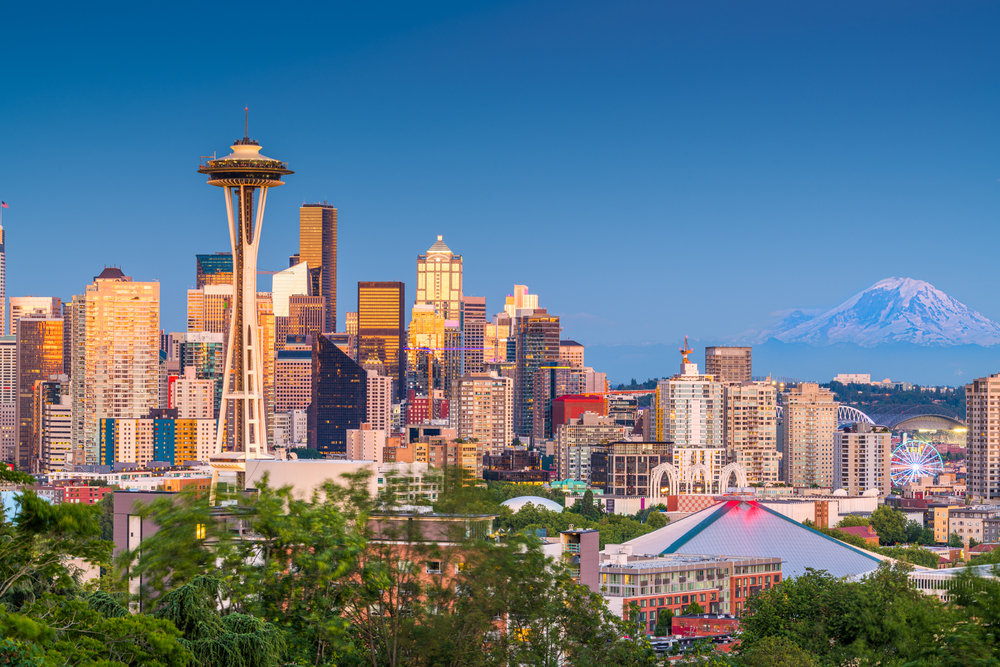
Despite its hilly terrain, Seattle has developed numerous pedestrian corridors that make walking both practical and pleasurable. Pike Place Market serves as the heart of a vibrant walking district that connects to the waterfront via the revitalized pedestrian promenade at Pier 62.
Neighborhood greenways throughout the city provide quieter walking routes away from traffic, while extensive stairway systems create pedestrian-only shortcuts between vertically separated streets. The compact downtown area contains diverse attractions within walking distance, while excellent public transportation connects more distant walkable neighborhoods.
Annapolis, Maryland

The state capital’s colonial core centers around a harbor where sailboats dock within steps of historic pubs and cobblestone streets. The United States Naval Academy’s campus borders the downtown district, creating an architectural contrast between colonial buildings and Beaux-Arts grandeur within a small walkable area.
Narrow streets that once accommodated horse carriages now create intimate walking experiences past colorful shopfronts and historic homes. The city’s position on the Chesapeake Bay provides water views from multiple vantage points, with walking paths that connect urban areas to maritime landscapes.
Boulder, Colorado
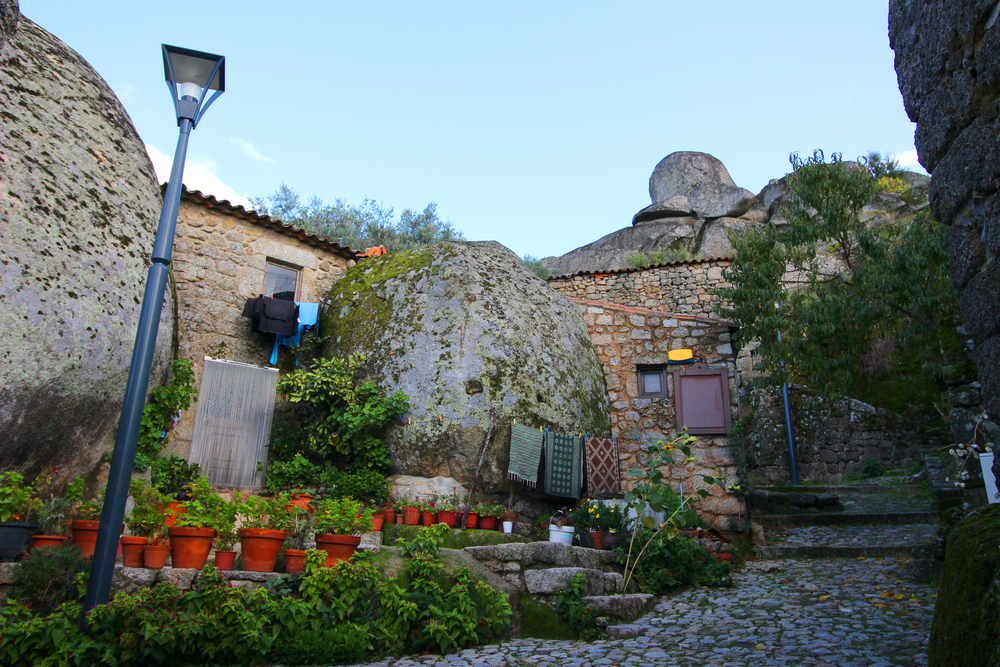
The pedestrian-only Pearl Street Mall forms the spine of Boulder’s walkable downtown, where street performers entertain shoppers and diners year-round. From this central corridor, walking paths extend in all directions—connecting to extensive trail systems that transition seamlessly from urban to wilderness environments.
The Boulder Creek Path provides a natural route through the heart of the city, offering cool respite during the summer months and scenic beauty throughout the year. The city’s commitment to open space preservation means that spectacular hiking trails begin within walking distance of downtown shops and restaurants.
Alexandria, Virginia

Just across the Potomac from Washington, DC, Old Town Alexandria preserves a walkable colonial-era street plan with buildings dating back to the 1700s. King Street serves as the main pedestrian thoroughfare, gently sloping from the Metro station down to a vibrant waterfront where street musicians and artists gather.
Hidden alleys reveal historic carriage houses and secret gardens, rewarding those who venture off the main streets. The city maintains numerous walking tours focusing on architecture, Black history, and Alexandria’s role in early American commerce, providing structured options for exploring on foot.
The Pedestrian Experience Reimagined

These seventeen cities demonstrate that America can indeed offer world-class walking environments despite its reputation for car-centered culture. Each has found its own way to prioritize the pedestrian experience—whether through historic preservation, innovative urban planning, or natural geographic advantages.
As more Americans seek walkable communities, these places serve as models for how urban areas can balance modern needs with the timeless pleasure of discovering a city on foot. Their success reminds us that sometimes, the best way to truly know a place is to slow down and let your feet lead the way.
More from Travel Pug

- Cities Growing so Fast You Won’t Recognize Them in 10 Years
- 13 Destinations Where Tourists Regularly Regret Their Trip
- 20 Obscure WWII Sites Even History Buffs Don’t Know About
- 10 Under-the-Radar Mountain Towns That Are Both Affordable and Beautiful
- Remote Villages in Europe Where You Can Live for Free in Exchange for Work
Like Travel Pug’s content? Follow us on MSN.
